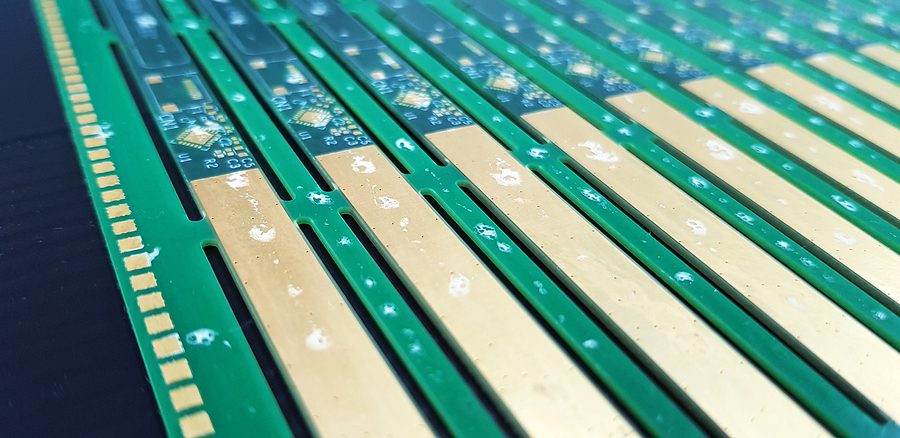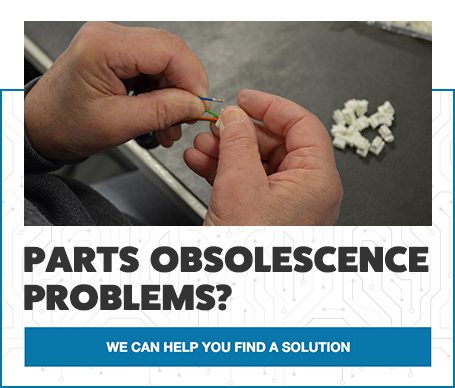An Electronic Prototype Will Optimize Your Design

Prototyping is an important stage of product development. This useable representation of your design allows you to understand your product. The working model allows you to test various design features, verify design functionality and identify issues as early as possible within the development stage. Prototyping is often well worth the time, effort, and investment. If done well, the prototyping process will allow the design to be completely optimized before full production occurs. This will not only save you time and money, but guarantee you will deliver a dynamite product.
Key Factors in Your Electronic Prototype
One of the biggest factors in your electronic prototype is who will create it. Look for an ECM who can create a usable prototype that will allow for testing at an affordable price. On site engineering is a huge plus. They will be able to identify areas that need improvement almost immediately and have suggestions on how to make the changes happen. They will be able to find solutions before you even know there is a problem.
On site engineering goes hand in hand with in house testing. Experiments and tests performed throughout the entire prototyping process will better detect potential problems. It is better to find and fix issues while your design is still evolving, instead of after you have already spent a ton of money and are in full production.
An ECM that utilizes a Design for Manufacturability (DFM) analysis is a bigger bonus. The DFM will determine if there are ways to save time and money while manufacturing your product. Your ECM will be able to make suggestions on parts and designs that will streamline your final production.
Design Decision
Once you have a useable prototype, you will be able to determine what changes can be made to better your bottom line. Is it possible to swap out parts used in the prototype for more standard parts? Custom components cost more and are more difficult to source. Using standard parts will save you money and speed up production because they are more readily available.
You will also be able to look at assembly options. Is it better to use through-hole or surface mount technology (SMT) for your final product? How will your final product be used? SMT tends to be more widely used once full production begins. However, through-hole can be a cost effective alternative for your PCB in the prototype stage.

Choosing the Right Prototyping Partner
Of course, you will want to work with an ECM that can not only handle your electronic prototype, but can make the entire experience better for you. You want to know your prototype won’t be a one and done. Find an ECM with quality certifications. Becoming ISO 9001 or AS9100 certified takes work, and is a sign your prototyping partner takes quality seriously. Working with a certified company guarantees the highest quality services and end results.
You also want to make sure your ECM has a vetted supplier network for parts. You do not want knockoffs being used in your build. Make sure your partner can get high quality parts for your high quality product. The ECM you choose for your prototype should be able to handle your production, as well. Check to see if they have the facility and staff available to successfully complete your assembly. By keeping your full production with your prototyping company, you can save money on templates and drill boards. Additionally, make sure they have the ability to flex up if needed.
You want an ECM that cares as much about your prototype and product as you do. Levison Enterprises wants to see you succeed. Levison Enterprises is AS9100D certified, ISO 9001 certified, as well as IPC and J Standard certified. We encourage prototyping as a standard method for success. Contact Levison Enterprises today to see how we can assist with your new electronic prototype and assembly project.
Email Sales